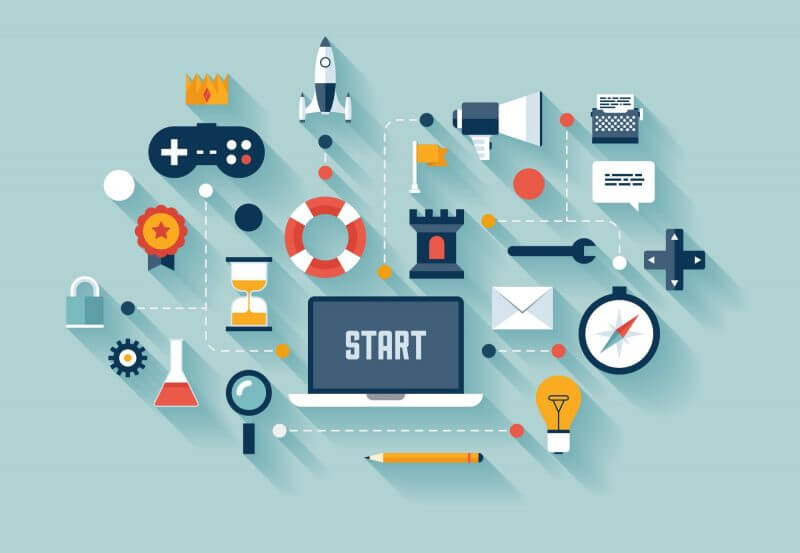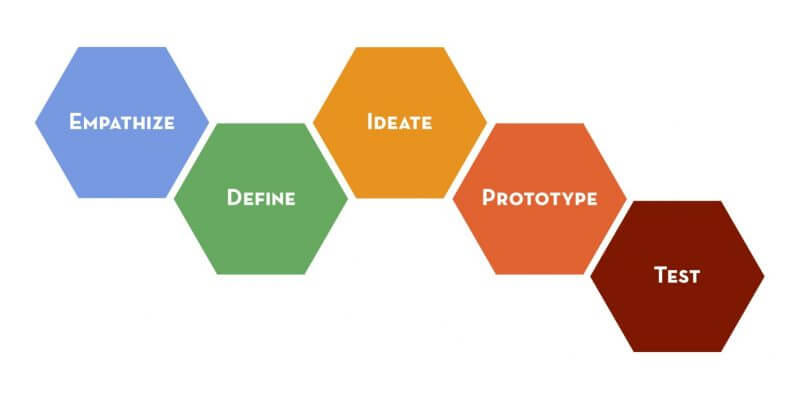UX in Education
Online Schooling: a New Norm

Gone are the days of traditional day schools being the only option for students. The introduction of the internet has challenged countless traditional structures, school and learning are one of them. Furthermore, the student demographic is changing as the professional development market continues to grow, it is expected to be worth over 8.5$ billion by 2020.
More and more adults with established careers are going back to school to expand their skill set, creating a need for courses and curriculums that are both flexible and accessible from a range of locations. E-learning has gained traction as a result of this shift, as it provides this exact type of learning environment without the constraint of time. According to a survey done by Babson Survey Research Group in 2015, ¼ of all post-secondary students are enrolled in a distance course of some kind, a huge.
The advancement of technology has hindered the business model of traditional universities and other educational institutions, forcing them to keep up with the changing norms of post-secondary education or risk falling behind. This is why there is a growing emphasis on UX design in education as the education sector becomes more reliant on technologies and requires comprehensive educational UI design to ensure the success of students.
UX Design for Education

Designing for the education sector can be challenging, but as technology infiltrates every aspect of modern life, the importance of UX in educational interface design services becomes harder to ignore. The past decade has seen the development of user experience flourish as businesses realize the competitive advantage it provides. We have already discussed the importance of UX in all sectors, including the financial and healthcare sector, and education is no exception.
By valuing user experience in education, we can enhance the schooling experience of many. Through careful consideration of the pain points students encounter in education app UI designs, we can redesign these moments to become turning points that leverage a young person’s educational experience. The goal is to develop a user-friendly interface design that suits the needs of both students and instructors alike, providing an immersive and coherent learning experience.
Khan Academy is an example of an educational company that incorporates user experience into their products. This digital school optimizes the use of video and visuals to provide their students with rich user experience, enabling them to pause, rewind, and skip over parts of the lesson. This ability offers students a new level of control that is not present in the traditional face-to-face classrooms and in other text-based e-learning environments.
The Future of Learning

Getting a degree online has never been easier in the history of the world. eLearning has given way to many opportunities for those unable to attend a full-time face to face school, and it is becoming a more and more dominant part of the student experience. Due to the exponential growth of this sub-industry, let's look at 3 key trends in e-learning.
- Gamification refers to the use of game design to increase participation, engagement, loyalty, and competition of users through point collection, leaderboards, stickers, and other game mechanics. This is valuable in an education setting as it leverages the experience of students by introducing personalization and interest in the classroom. Introducing this into mobile application UI for education would create a more intuitive student experience
- Learning management system (LMS) refers to software applications used by administrators and professors to deliver and organize educational courses and materials. LMS provides the platform for eLearning to take place. Understanding the components of LMS and how to use them is important for successful web design for education.
- Smart classrooms refer to classrooms that use technology to achieve the learning goals of students in a more immersive and effective way than is possible in a traditional classroom environment. A smart classroom encourages student collaboration and personalized learning by incorporating the use of devices to provide a blended learning experience for students.
User Research Needed for Educational Interface Design Services

Professionals in the UX industry understand the importance of application UI and UX for a successful online interaction. Understanding the psychology of users is imperative for user-friendly interface design. Furthermore, emphasizing the preference of students when it comes to methods of learning will allow instructors and institutions to create programs that meet the needs of students in a digital platform that enhances their learning experience rather than impair it.
Using educational psychology and design thinking when approaching educational interface design will help institutions gain a deeper understanding of how to train current and future instructors and students within a technologically enhanced learning environment. We need to create educational experiences that meet the needs of students and instructors by focusing on the many intersecting journeys, a multitude of users and continuously shifting contexts within which these educational experiences take place. Empathy always beats intuition, therefore when engaging in education UX design it is important to deeply understand the needs of your users, which is achieved by including them in every step of the design process through user research.